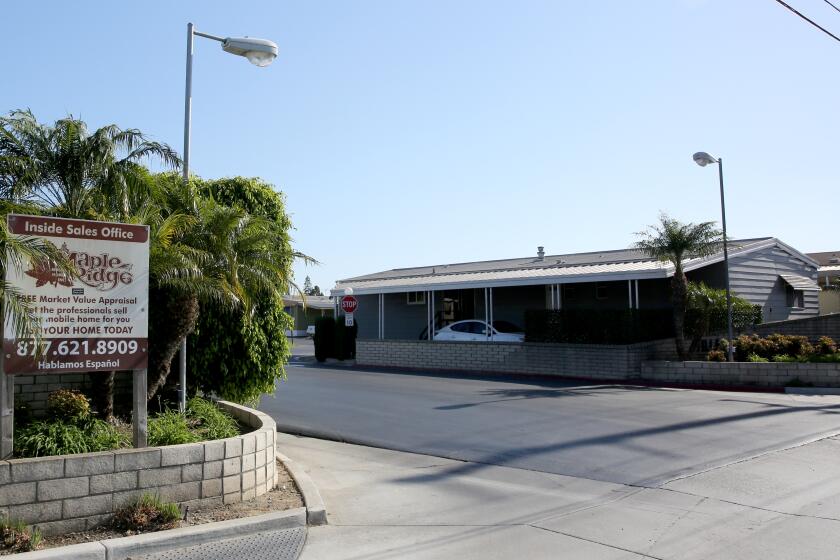Newport’s mercury-tainted dredge spoils may be buried deep under harbor floor
- Share via
Newport Harbor dredge spoils deemed too contaminated for disposal in the open ocean may be buried in a deep underwater hole not far from where they’ve accumulated.
The mercury-tainted sediment was found mostly near the turning basin and in the area near Lido Peninsula, reflecting a time when Newport had more shipyards and other industrial uses, according to maps Harbor Resources Manager Chris Miller showed the city Harbor Commission and Water Quality and Coastal Tidelands Committee this month.
The city last undertook a major, but partial, harbor dredge in 2012-13. This dredge would pick up where that one left off and would clear out about twice as much accumulated silt to make the harbor deep enough for ideal boat travel — about 1.2 million cubic yards of sediment at an estimated cost of about $20 million to $23 million.
Digging could tentatively begin in 2021.
Newport removed about 600,000 cubic yards of muck during its last dredge. About 120,000 cubic yards that couldn’t be dropped offshore were sold to the Port of Long Beach to be used as landfill, but that’s not an option this time around, Miller said.
Instead, Newport may dig a hole, about 450 by 450 feet and 47 feet deep, between Lido Isle and Bay Island, to entomb the unfit material.
Long Beach and Port Hueneme in Ventura County also use this “confined aquatic disposal” method.
“It’s actually preferred by the [federal] agencies,” Miller said. “The agencies have admitted to us that there are very limited, if not no options, for sediment disposal of unsuitable material in the region … in the immediate future.”
Dredging is an interagency affair that also involves the U.S. Army Corps of Engineers and the Environmental Protection Agency.
Ideally, the next dredge will get Newport’s boating channels back to their intended depths of 10 to 20 feet. The most clogged areas have at least 5 feet of sediment to be removed, according to the city.
The city has been planning for this expensive undertaking and lobbying locally and in Washington, D.C., for federal funds for years.
About 10% of the “unsuitable” sediment to be dredged in this phase has mercury levels ranging from about 1.5 to 3 parts per million. The EPA sets a cutoff of 1 ppm for open ocean disposal.
Heavy metals such as mercury can cause neurological impairments, organ damage and other ailments, though Newport’s sediment is not “toxic” by itself, as small organisms survived being dropped into the material as a test, Miller said.
However, mercury can accumulate in the food chain and expose humans and higher-level wildlife to more concentrated levels, according to the EPA.
Most of the harbor’s “clean” sediment will be dumped about 6 miles offshore, although coarser material will be dropped just beyond the surf zone between Newport and Balboa piers to be washed ashore for beach replenishment.
The city will gather feedback on the confined aquatic disposal method at a public meeting Dec. 4.
All the latest on Orange County from Orange County.
Get our free TimesOC newsletter.
You may occasionally receive promotional content from the Daily Pilot.




